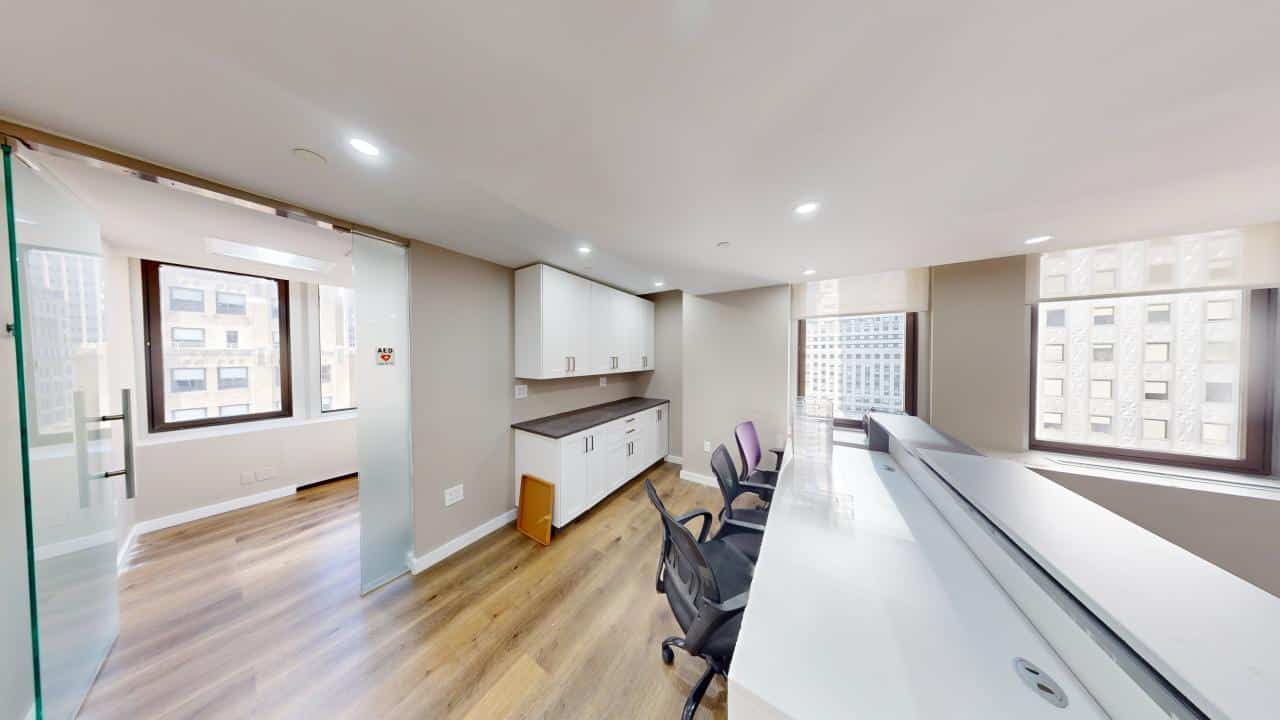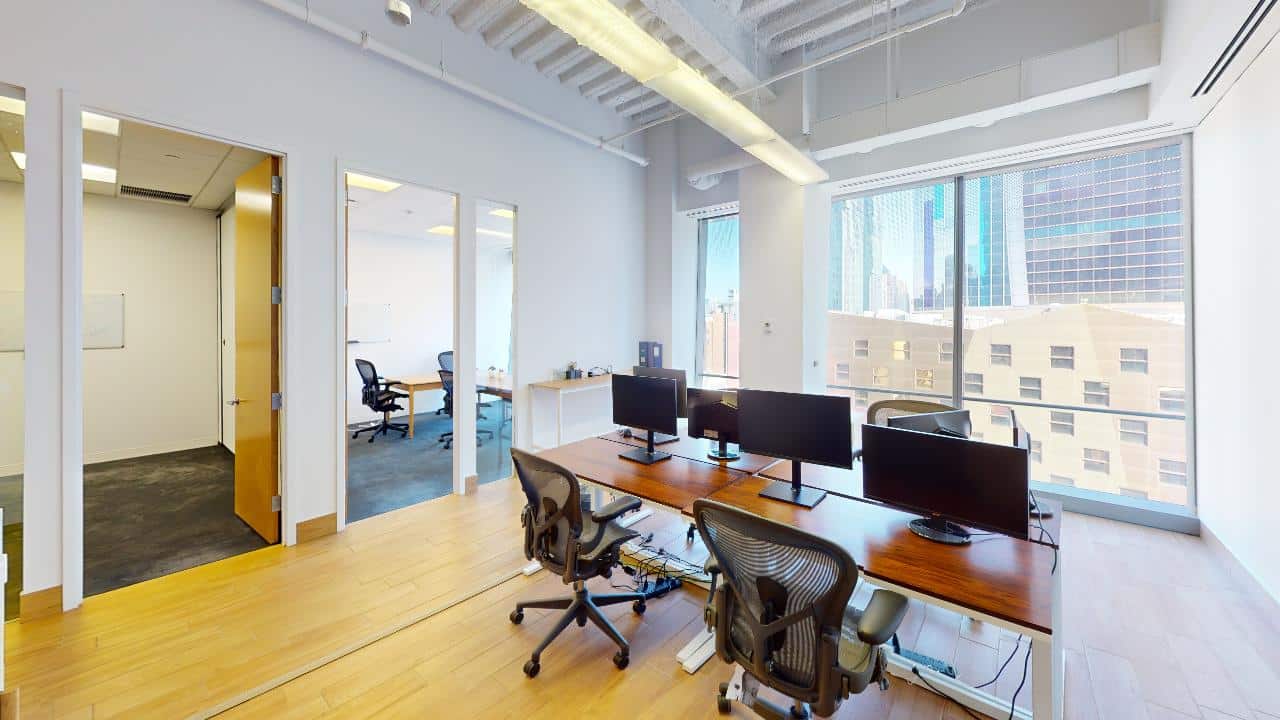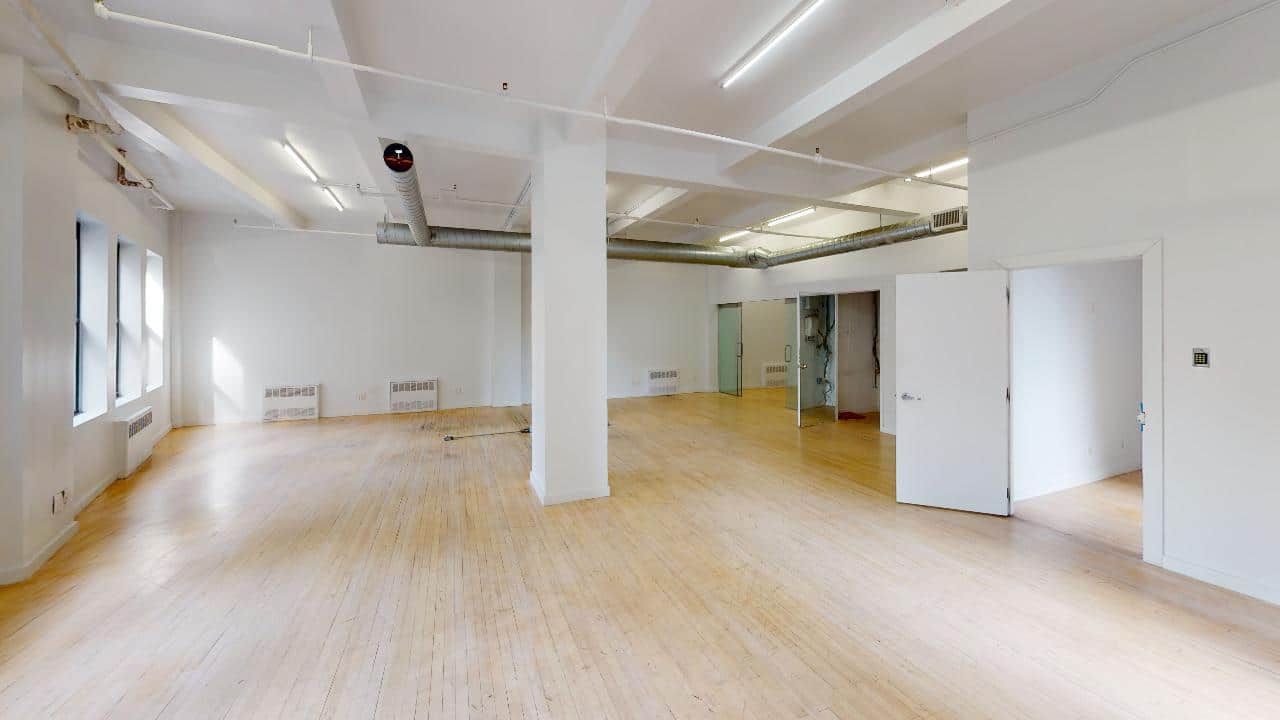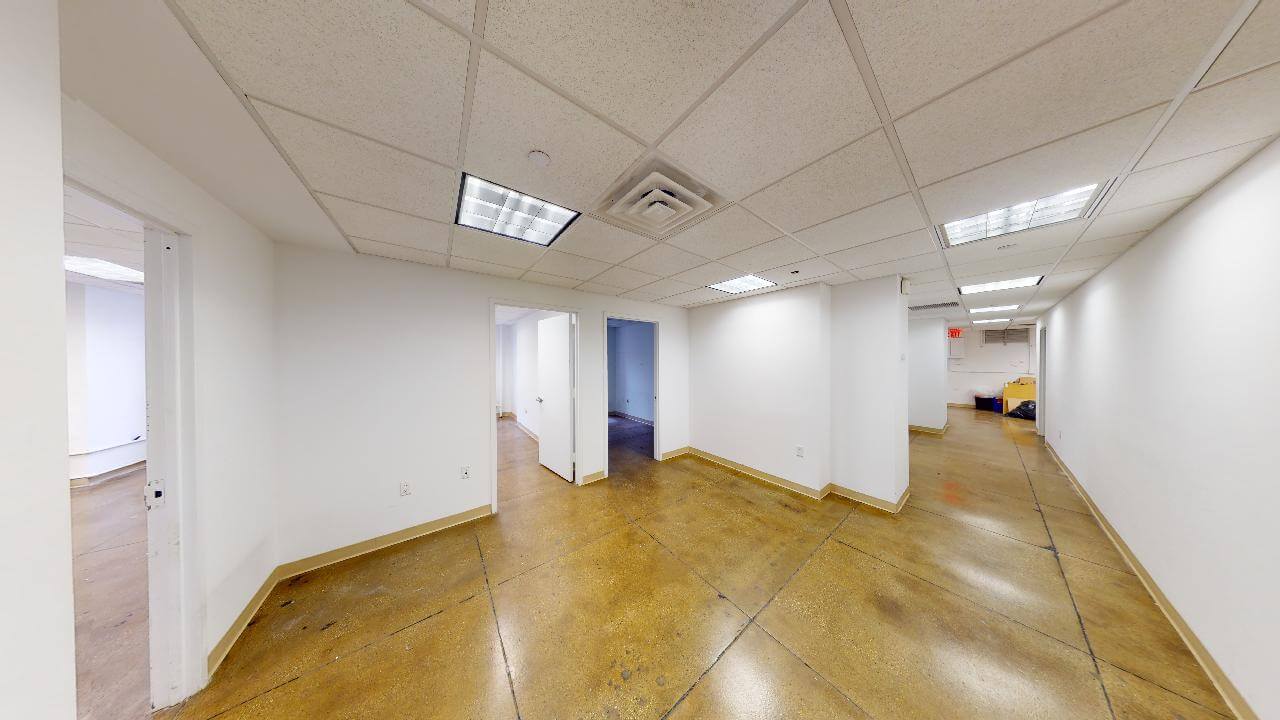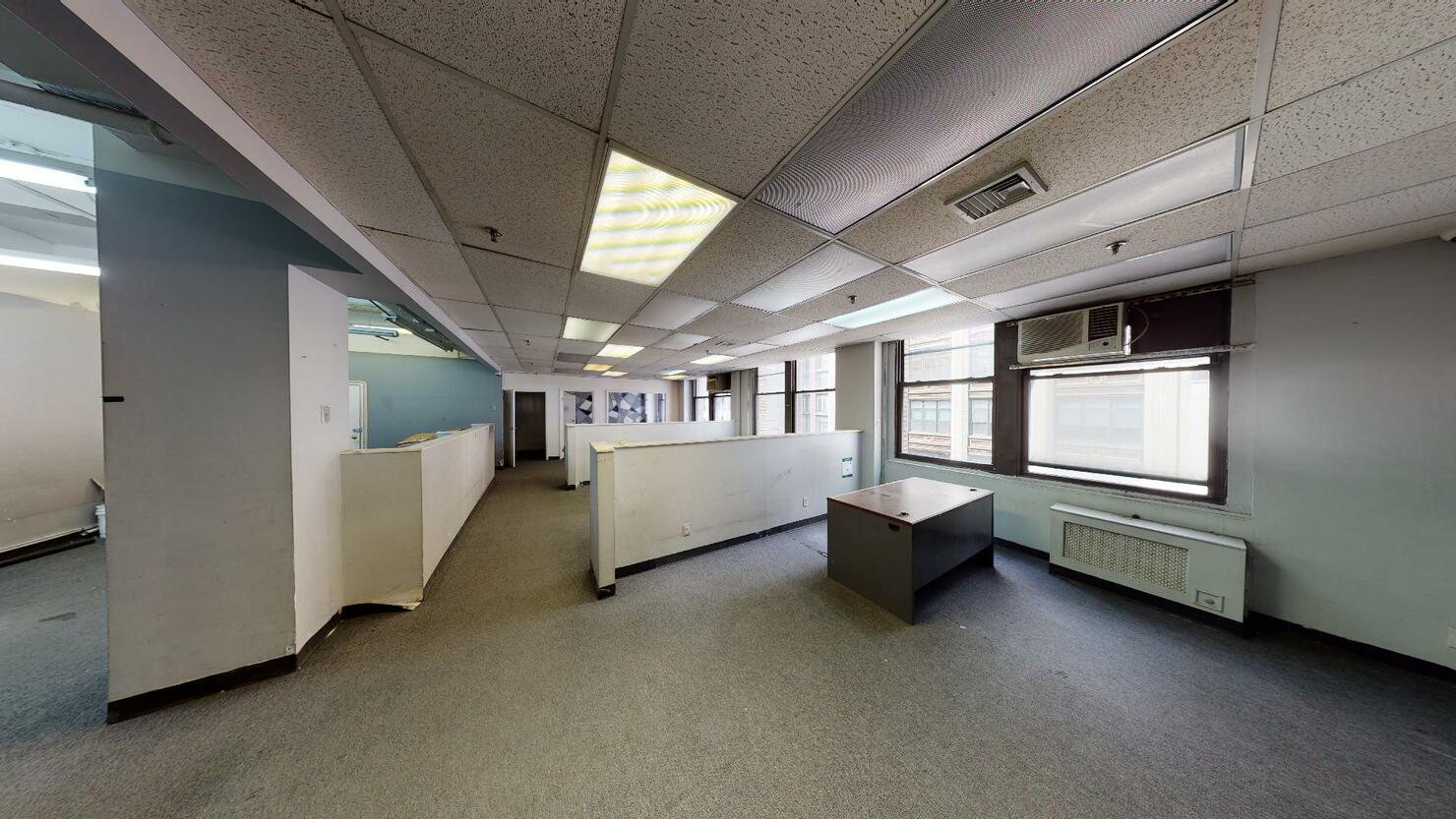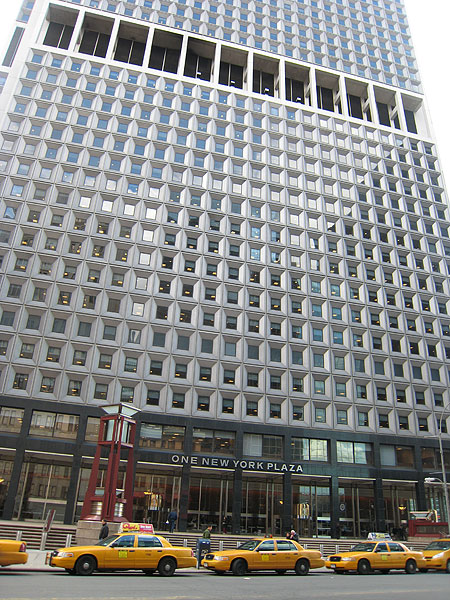It’s Friday, you’ve just settled into your office, and the weekend is tantalizingly close. You’re ready to power through the day’s tasks, aiming to wrap up early. But then, a sudden chill disrupts your focus—not from stress, but from the unexpectedly frigid air surrounding you. You find yourself reaching for a sweater, puzzled and thinking, “Is it just me, or is it unusually cold in here?” It’s a relatable problem- managing office temperatures, especially during colder weather.
If you’ve ever worked in an office, you know this struggle well—the never-ending quest for the perfect temperature balance. It’s a constant battle with the thermostat. For employers and landlords in New York City, it’s also a time and resource drain, especially when still trying to lure workers back to the office. So, let’s explore what it truly takes to manage this puzzle.
Decoding the Challenge of Office Temperatures
Cracking the code of office temperatures goes beyond personal preference—it’s a science. Your body’s unique response to temperatures, the building’s structure, and the efficiency of the HVAC system all play crucial roles. So, let’s cut through the complexity and find your sweet spot for comfort.
Prioritize HVAC in Your Office Search
If a comfortable and consistent indoor climate is vital for your team’s productivity and well-being, make your office space’s HVAC system a top priority from the start. Talk to your realtor and be clear about your needs. You want them to steer you toward buildings with reliable HVAC systems or to help you negotiate installing a top-tier system tailored to your needs as part of your lease deal. Just like you wouldn’t buy a car without checking under the hood, you shouldn’t commit to an office space without ensuring the HVAC system is up to par. Don’t shy away from getting into the nitty-gritty details, either. Ask about the age of the system, maintenance routines, and if it has any smart features for energy efficiency.
What is the Perfect Temperature for Your Office?
When it comes to feeling comfortable in an office, our bodies play a significant role. ASHRAE suggests an indoor sweet spot between 68°F and 74°F, with a relative humidity of 30 to 60 percent. However, comfort is not one-size-fits-all. Biological differences mean some of us walk around in perpetual summer while others remain in winter. Women generally prefer a warmer environment than men. Factors like clothing choices, outside weather, and our personal temperature histories further complicate the equation. It’s a complex ballet of internal thermostats and external influences.
How Building Materials and Design Influence Office Temperatures
When looking at office spaces, pay close attention to how the building handles temperature. It reacts to changes in sunlight, weather, and seasons, and different materials inside—like metal, glass, or brick—can create hot and cold spots. Understanding this can help you find a space that stays comfortable all day long.
Here’s what you should consider:
- After-Hours Temperatures: Does the building maintain a consistent temperature, or does it get colder or hotter when everyone goes home? It could be crucial if you plan to work late or on weekends.
- Weekend Climate: Speaking of weekends, what’s the temperature like? If you’re considering weekend work, this is a key factor.
- Humidity Levels: How does the building manage humidity? Too much or too little can affect both comfort and health.
- Control Over Your Space: Will you have a thermostat to control temperatures in your area? That can be particularly important if you’re renting a demised space.
- Private Office Climate Control: If you have private offices within your space, can you control their temperatures independently?
- Heating and Cooling System: Is the building heated with radiators, or does it have a central HVAC system that distributes both warm and cool air? The answer will affect how quickly and efficiently you can adjust the space to your comfort.
Systemic Struggles and Solutions
Achieving a balanced office climate is no small feat, even with sophisticated heating and cooling systems. Designing vent systems before setting the office layout can lead to a one-size-fits-all approach, resulting in inefficiencies and inconsistent temperatures across different floors. Thermostats and air dampeners placed haphazardly or improperly working can give inaccurate readings and distribute air unevenly, making the office use more energy than needed. However, properly commissioning a building can turn this around, slashing energy expenses by 10-30%.
Technological Solutions and Innovations
Technology is stepping up in the tug-of-war to find perfect office temperatures. Evolving HVAC (Heating, Ventilation, and Air Conditioning) systems are leading the charge, offering advanced, smart solutions. Industry leaders and user-centric innovations are also making significant strides in temperature regulation while redefining our expectations of workplace comfort.
Existing HVAC Infrastructure and Enhancements
When you’re hunting for the perfect office space, make sure to understand the existing HVAC infrastructure thoroughly. Investigate its age, the manufacturer, and any potential need for enhancements. Leading brands like Siemens are revolutionizing work environments, aiming not just to achieve the right temperature but also to enhance productivity. Thanks to smart building management systems and advanced sensors, they’ve elevated temperature control to a fine art.
What does this mean for you? You get an office that adapts to temperature changes on the fly, learning your daily patterns to provide a consistent and comfortable atmosphere. It’s a proactive system, a big leap from the old days of manual adjustments and constant fiddling with the thermostat. You’re not just getting an office; you’re getting a smart space tailored to your comfort and efficiency needs.
User-Centric Approaches with AI and Apps
After Siemens acquired Enlighted in 2019, it marked a game-changing moment in the world of smart climate control. With their innovative app, Temperature Control, Enlighted has put the power of personal preference directly into the hands of the office worker. This user-centric approach utilizes AI and integrated systems to predict and adjust temperatures based on individual preferences, ensuring that each corner of the office is just right for the person occupying it. The potential of this technology to transform office environments is immense, creating spaces that adapt to the unique needs of each employee, reducing the time spent on temperature complaints, and fostering a more comfortable, productive work setting.
Personalized Airflow and High-End HVAC Systems
If maintaining a consistent temperature and humidity in your workspace is important, bring this up with your realtor at the start of your property search. You might have the leverage to negotiate with landlords about installing top-notch HVAC systems, ensuring comfort during and after working hours.
Numa is taking comfort to the next level with their innovative vent system, allowing you to control the temperature right at your workstation—think of it as having a personalized climate control similar to the adjustable vents on an airplane. This amenity not only creates a happier and more productive work environment but also results in significant energy savings. Plus, it eases the load on property managers dealing with constant temperature complaints, putting the power of comfort back in your hands.
Remember, high-end HVAC systems don’t just regulate temperature; they also help filter pathogens, contributing to a healthier workspace. So, when comfort and health are your top priorities, ensure your future office can meet those needs.
The Road Ahead
Mastering office temperatures in the future is more than finding the perfect thermostat setting; it’s about flexibly transforming our workspaces with innovation. Let’s dive into the holistic strategies and sustainable practices shaping a future where comfort and efficiency coexist seamlessly.
The Need for a Holistic Approach
There’s no magic switch for fixing the fluctuations in office temperatures—it’s a multifaceted challenge demanding a comprehensive strategy. A stellar building design lays the groundwork, but integrating smart control systems and the commitment to regular recalibration keeps it humming. These elements work together, ensuring the indoor climate is bearable and optimal for everyone inside. It’s about creating an ecosystem that responds, adapts, and thrives, transforming our workplaces into comfortable sanctuaries.
Balancing Comfort, Energy Efficiency, and Sustainability
Finding energy-efficient solutions is paramount as we confront rising energy costs and climate change. Luckily, technology is stepping in with innovative ways to balance personal comfort and our responsibility to the planet. It’s a delicate symmetry, but with smart systems and sustainable practices, we’re on the path to creating work environments that are as kind to our wallets and well-being as they are to the earth.
The Key Takeaways
Addressing office temperatures is a complex yet critical task, particularly in the colder months. It requires catering to personal comfort, energy efficiency, and sustainability while confronting biological, building, and systemic challenges. However, integrating smart HVAC systems and technological innovations is paving the way for more efficient and comfortable work environments. Big firms and innovators are leading the charge with personalized and user-centric approaches, shaping a future that not only tailors office temperatures to individual preferences but also significantly reduces energy consumption.
Looking ahead, integrating technology and intelligent design in office spaces promises a future where office temperatures are consistently comfortable, energy-efficient, and aligned with sustainability objectives. Addressing this issue head-on is not just about improving comfort—it’s about committing to a more sustainable and efficient future for all.

